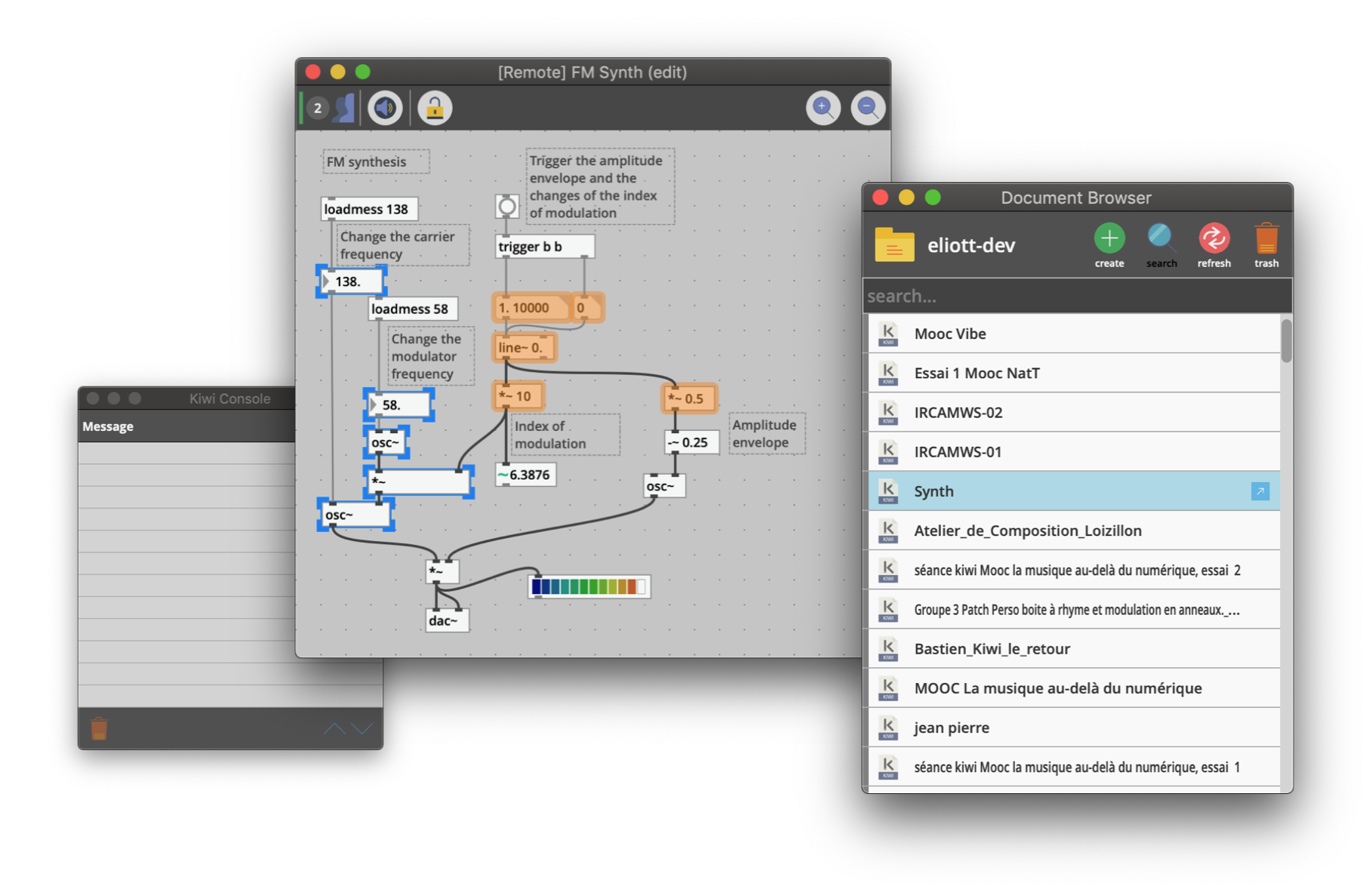Update maintainer and author info · tukaani-project/xz@77a294d

Update maintainer and author info · tukaani-project/xz@77a294d

Update maintainer and author info · tukaani-project/xz@77a294d
Birdfont is a free font editor which lets you create vector graphics and export TTF, OTF and SVG fonts. The editor has good support for both monochrome and color font formats.
Birdfont is a free font editor which lets you create vector graphics and export TTF, OTF and SVG fonts. The editor has good support for both monochrome and color font formats.
(via https://birdfont.org/)
Many ideas were based on a paper by Yan Ke, Derek Hoiem, and Rahul Sukthankar called “Computer Vision for Music Identification” (2005). In fact, even the Last.fm fingerprinter uses the code published by the authors of this paper. This is where I learned that audio identification is more about machine learning that it is about DSP. Many useful methods for extracting interesting features from audio streams are well-known and the problem is more about how to apply and index them the best way. The basic idea here is to treat audio as a spectral image and index the content of the image. I’ll explain this in more detail and how Chromaprint uses this in a following post. Another important paper for me was “Pairwise Boosted Audio Fingerprint” (2009) by Dalwon Jang, Chang D. Yoo, Sunil Lee, Sungwoong Kim and Ton Kalker (Ton Kalker is a co-author of a historically important paper “Robust Audio Hashing for Content Identification” (2001) published by Philips Research), which combined previous experiments of the authors with audio identification based on spectral centroid features and the indexing approach similar to the one suggested by Y. Ke, D. Hoiem and R. Sukthankar. For a long time this was the best solution I had and since it was actually not very hard to implement, the most time I spent on tweaking the configuration to get the best results. The last major change came after I learned about “chroma” features by reading the “Efficient Index-Based Audio Matching” (2008) by Frank Kurth and Meinard Müller. I’ve read more papers about chroma features later, but this was the first and also the most important one for me and some ideas about processing the feature vectors from it are implemented in Chromaprint. Chroma features are typically used for music identification, as opposed to audio file identification, but I tried to use them with the approach I already had implemented and it nicely improved the quality of the fingerprinting function and actually reduced complexity which allowed me to use much larger training data sets.

Kiwi is a graphical programming environment dedicated to music and sound creation, such as Max or Pure Data softwares, but offering a real-time collaborative approach: Kiwi allows several distant users to work simultaneously on the same patch hosted online.
An experiment in Nicaragua shows just how powerful Open Source software can be in leveling the playing field. The second poorest country of the Americas now has one of the best software solutions for displaying agricultural data in the western hemisphere.
The Journal of Peer Production seeks high-quality contributions from researchers and practitioners of peer production. We understand peer production as a mode of commons-based and oriented production in which participation is voluntary and predicated on the self-selection of tasks.